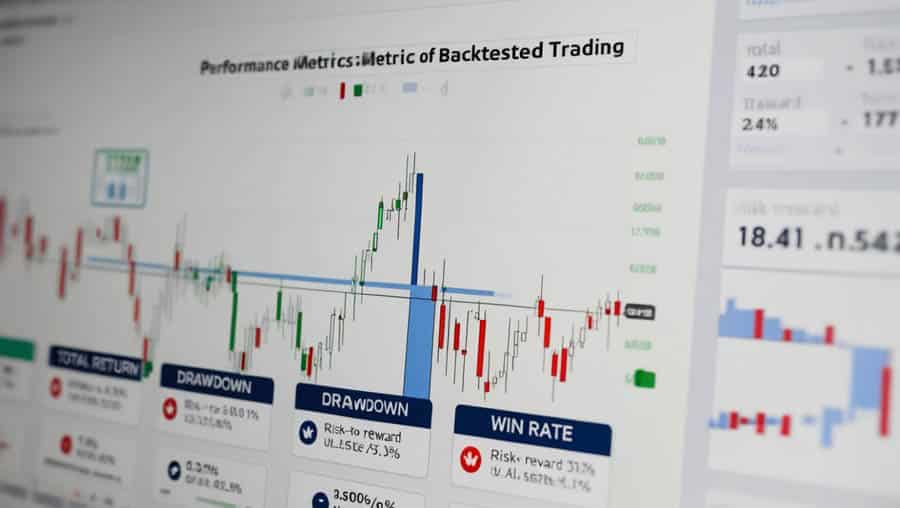The Mean Reversion strategy is a type of statistical arbitrage approach in quantitative trading. It is based on the idea that asset prices tend to revert to their long-term average after short-term deviations. The core assumption is: when prices deviate significantly from their historical mean, they will eventually return to that mean.
This strategy is introduced in detail in the book Statistical Arbitrage, which explores various quantitative methods. In mean reversion trading, a trader typically selects one or more pairs of highly correlated financial assets (such as stocks, futures, or currency pairs) and analyzes the price difference or distance between them.
How It Works
A typical mean reversion strategy involves the following steps:
- Select Correlated Assets
Choose a pair (or more) of assets with a strong historical correlation — for example, two stocks in the same sector. - Measure the Price Spread or Distance
Calculate the difference between the asset prices using methods like price spread, standardized deviation (z-score), or cointegration analysis. - Define Thresholds
Set upper and lower thresholds for the price spread. When the spread exceeds these thresholds, it signals a potential reversion opportunity. - Place Trades
When the price difference crosses a threshold:- Go long on the undervalued asset (price below the mean)
- Go short on the overvalued asset (price above the mean)
The goal is to profit as the prices converge back toward the mean.
- Set Stop Losses and Profit Targets
Implement stop-loss and take-profit rules to control risk and lock in gains if the spread closes or widens beyond expectations.
Key Concepts and Considerations
- The strategy relies on statistical concepts and time series analysis.
- A large historical dataset is typically needed to evaluate correlations and calculate thresholds accurately.
- Proper pair selection, threshold tuning, and risk controls are crucial to success.
Risks
While mean reversion strategies can be effective, they carry inherent risks. Prices may not revert in the short term or could break out into new trends due to structural market changes. Therefore, careful backtesting, ongoing model validation, and the use of technical indicators are necessary to improve reliability and profitability.
Java Code Example
import java.util.ArrayList;
import java.util.List;
public class MeanReversionStrategyDemo {
public static void main(String[] args) {
List<Double> priceData = new ArrayList<>();
for (int i = 0; i < 100; i++) {
double price = generateRandomPrice();
priceData.add(price);
}
meanReversionStrategy(priceData);
}
private static double generateRandomPrice() {
return Math.random() * 100;
}
private static void meanReversionStrategy(List<Double> priceData) {
double mean = calculateMean(priceData);
for (double price : priceData) {
if (price > mean) {
System.out.println("Sell stocks. Price: " + price);
} else if (price < mean) {
System.out.println("Buy stocks. Price: " + price);
}
}
}
private static double calculateMean(List<Double> prices) {
double sum = 0.0;
for (double price : prices) {
sum += price;
}
return sum / prices.size();
}
}
Python Code Example
import random
def generate_random_price():
return random.uniform(0, 100)
def calculate_mean(prices):
return sum(prices) / len(prices)
def mean_reversion_strategy(price_data):
mean = calculate_mean(price_data)
for price in price_data:
if price > mean:
print("Sell stocks. Price:", price)
elif price < mean:
print("Buy stocks. Price:", price)
def main():
price_data = []
for _ in range(100):
price = generate_random_price()
price_data.append(price)
mean_reversion_strategy(price_data)
if __name__ == "__main__":
main()






